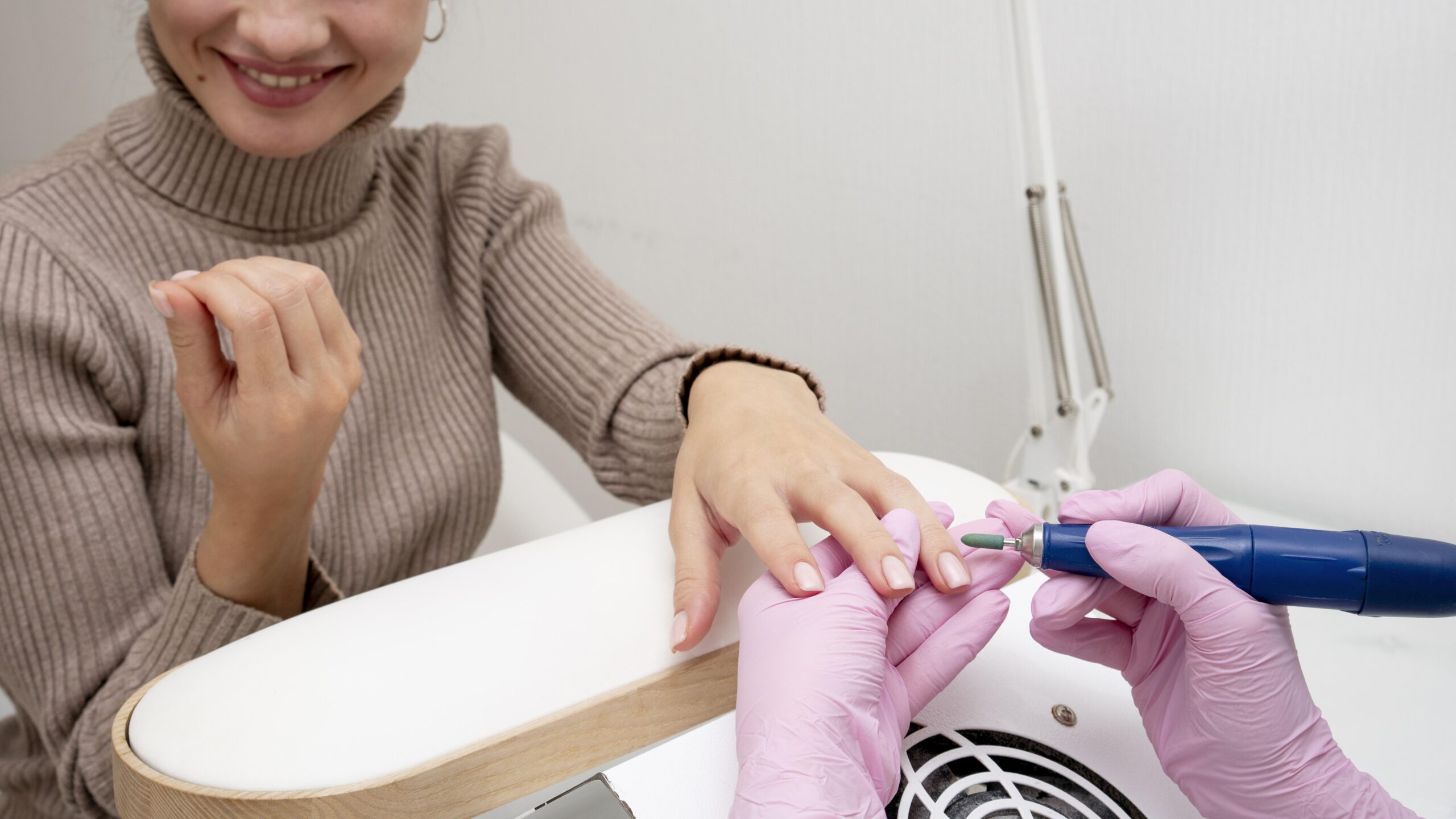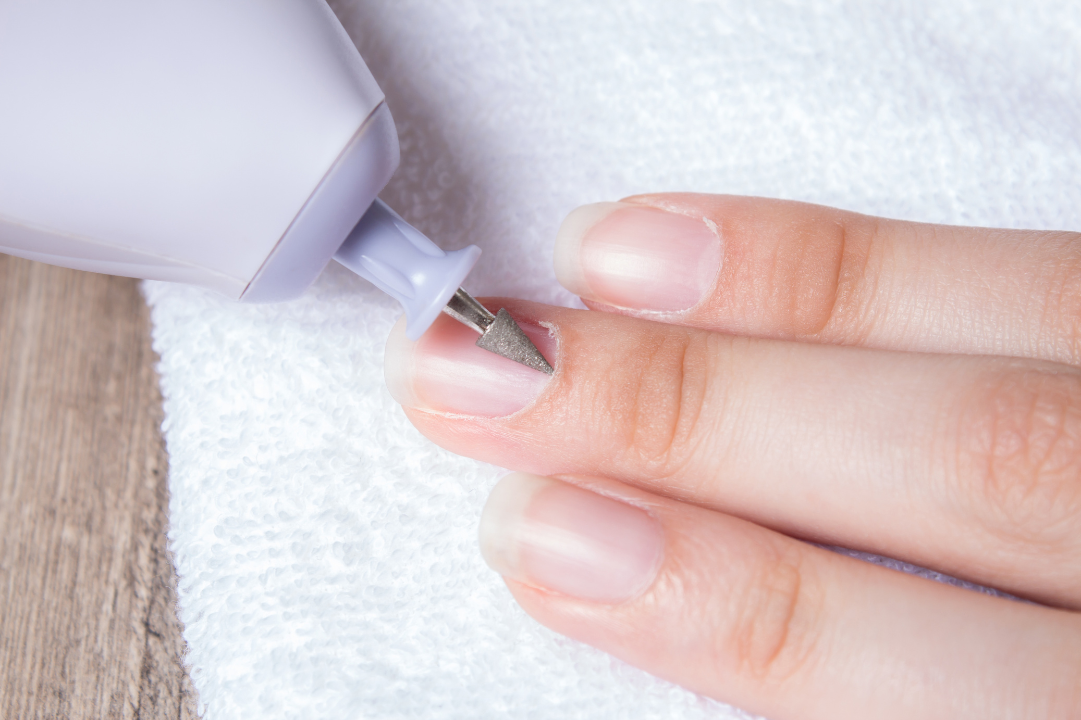In recent years, the beauty industry has witnessed a surge in the popularity of various nail enhancement techniques. Among these, the Russian manicure has emerged as a trend, especially among individuals seeking precise and long-lasting results. However, despite its growing popularity, the Russian manicure faces regulatory hurdles in some regions, leading to its illegality. Discover the reasons behind why is Russian Manicure illegal, its implications for the beauty industry, and how it affects consumers. Uncover the truth now.
Why Is Russian Manicure Illegal: Understanding the Controversy
Have you ever wondered why Russian manicure is prohibited in some places? This popular nail technique, known for its precise and thorough approach, has sparked debates among beauty enthusiasts and professionals alike. Let’s delve into the reasons behind why is Russian Manicure illegal.
What is a Russian Manicure?
Russian manicure, also known as dry manicure, is a nail enhancement technique that originated in Russia and has gained widespread recognition in the beauty industry. The Russian manicure is different from regular manicures because it doesn’t use water and is done on dry nails. The technique focuses on meticulous cuticle care and shaping using specialized tools such as electric files and cuticle nippers.
Russian manicure has garnered attention for its meticulous approach to nail care, focusing on achieving a smooth, polished look. Unlike traditional manicures, which often involve cutting or trimming the cuticles, Russian manicure employs gentle exfoliation techniques using specialized tools.
Why Is Russian Manicure Gaining Popularity?
The increasing popularity of the Russian manicure can be attributed to its numerous benefits. Unlike traditional manicures, which may cause damage to the nail bed due to excessive soaking, Russian manicure is gentler on the nails. Additionally, the precision achieved through this technique ensures a clean and polished look that lasts longer than conventional manicures.
What sets Russian manicure apart is its emphasis on precision and attention to detail. By gently removing dead skin and cuticles, practitioners aim to create a flawless canvas for nail polish application, resulting in a sleek and long-lasting finish that appeals to discerning clients.
Safety Concerns Surrounding Russian Manicure
Despite its advantages, Russian manicure poses certain safety concerns, primarily related to the use of sharp instruments near the delicate nail bed. Improper technique or inexperienced practitioners may inadvertently cause cuts or damage to the cuticles, leading to infections or other complications. Why Is Russian Manicure Illegal is a question that has sparked debates and discussions within the beauty industry, with opinions divided on its safety and potential risks. To address these concerns, regulatory agencies have imposed restrictions on the practice, requiring adherence to strict safety protocols.
Regulatory Issues
One of the primary reasons why is Russian manicure illegal in some places is the lack of standardized regulations governing its practice. Unlike traditional manicures, which are performed using widely accepted techniques and tools, Russian manicure lacks uniform guidelines, making it difficult to ensure the safety of clients.
Effective enforcement of existing regulations is essential for upholding safety standards and protecting consumers. Regulators must monitor compliance, investigate complaints, and take enforcement action when necessary to safeguard public health. Many beauty enthusiasts are puzzled by this question, Why Is Russian Manicure Illegal, as they navigate through various regulations and restrictions governing nail care practices.
In certain jurisdictions, Russian manicure faces outright bans or stringent regulations due to concerns over hygiene, sanitation, and potential health risks. These restrictions aim to protect consumers from harm and ensure that nail care professionals operate within established safety guidelines.
Why Is Russian Manicure Illegal in Some Places?
Let’s see more about why is Russian Manicure illegal in some places. The illegality of Russian manicure in certain regions can be attributed to concerns surrounding health and safety. Sharp instruments such as electric files and cuticle nippers, when used improperly, can cause significant harm to the nail bed and surrounding tissues. Additionally, the unregulated nature of the practice raises questions about the qualifications and training of practitioners.
Economic Impact: Effects on the Industry
The prohibition or regulation of Russian manicure has reverberated throughout the beauty industry, impacting businesses, practitioners, and consumers alike. Salon owners may experience decreased demand for services, while nail technicians may need to undergo additional training to comply with new regulations.
For consumers, the legality of Russian manicure raises questions about safety and alternative options. Awareness campaigns and education initiatives can help individuals make informed choices about their nail care routines, empowering them to prioritize health and well-being.
Professional Standards: Compliance and Training
To ensure compliance with regulations and maintain high standards of professionalism, nail care professionals must undergo thorough training and certification. By staying updated on industry best practices and safety guidelines, practitioners can provide quality services while minimizing risks to clients.
Global Variations: Diverse Legal Landscapes
The legal status of Russian manicure varies from one country to another, reflecting cultural attitudes, regulatory frameworks, and public health priorities. While some regions embrace the technique as a staple of modern nail care, others impose strict restrictions or outright bans.
Empowering Choices: Informed Decision-Making
Ultimately, the responsibility for making informed choices about nail care lies with consumers. By arming themselves with knowledge about different techniques, safety considerations, and practitioner qualifications, individuals can advocate for their own well-being.
Alternatives to Russian Manicure
For individuals concerned about the safety of Russian manicure, there are several alternatives available that offer similar benefits without the associated risks. These include traditional manicures, gel polish applications, and nail strengthening treatments. Consulting with a licensed nail technician or dermatologist can help determine the most suitable option based on individual needs and preferences.
The Debate Over Legalization
The debate over the legalization of Russian manicure revolves around striking a balance between consumer demand and safety concerns. Proponents argue that legalization would allow for proper oversight and regulation of the practice, ensuring the safety of both clients and practitioners. However, opponents raise valid concerns about the potential risks associated with sharp instrument use and the need for comprehensive training and certification protocols.
Conclusion: Why Is Russian Manicure Illegal
In conclusion, while Russian manicure offers numerous benefits in terms of nail health and aesthetics, its legality remains a contentious issue in the beauty industry. Safety concerns surrounding the use of sharp instruments and the lack of standardized regulations have led to its illegality in some places. Moving forward, it is essential to prioritize consumer safety through balanced regulations and increased awareness of the potential risks associated with nail enhancement techniques.
The prohibition of Russian manicure reflects the complex interplay of safety, regulation, and consumer demand within the beauty industry. While legal restrictions may pose challenges, they also present opportunities for innovation, collaboration, and advocacy. By prioritizing education, compliance, and consumer empowerment, stakeholders can navigate the nuances of nail care practices and uphold the highest standards of professionalism and integrity.
FAQ: Why Is Russian Manicure Illegal
What makes Russian manicure different from traditional manicures?
Russian manicure is performed on dry nails and focuses on meticulous cuticle care using specialized tools.
Are there any benefits to Russian manicure?
Yes, Russian manicure offers benefits such as precision, longevity, and gentleness on the nails compared to traditional manicures.
How can I ensure safety if I want to get a Russian manicure?
Ensure that you visit a licensed and experienced nail technician who follows proper safety protocols and uses sterilized tools.
What should I do if Russian manicure is illegal in my area?
Consider alternative nail enhancement techniques or consult with a licensed professional for guidance.
Can Russian manicure damage my natural nails permanently?
Improperly performed Russian manicures may cause damage to the nail bed, leading to potential long-term issues. It’s essential to choose a skilled technician and prioritize nail health.
Is Russian manicure safe?
When performed by a trained professional using proper techniques and tools, Russian manicure can be safe. However, improper execution or the use of sharp tools can pose risks of injury or infection.
Why are some jurisdictions banning Russian manicure?
Concerns over hygiene, sanitation, and potential health risks have prompted authorities to restrict or prohibit the practice of Russian manicure in certain regions.
How can consumers ensure the safety of their nail care services?
Consumers can prioritize safety by choosing reputable salons with trained and certified technicians, asking about sanitation practices, and staying informed about different nail care techniques and their associated risks.
Are there alternatives to Russian manicure that offer similar results?
Yes, advancements in nail care have led to the development of alternative techniques and products that offer comparable results to Russian manicure while prioritizing safety and comfort.
What can beauty professionals do to ensure compliance with regulations?
Beauty professionals should stay updated on relevant regulations, undergo regular training and certification, maintain high standards of hygiene and sanitation, and prioritize the safety and well-being of their clients.
You would like to read this too:




